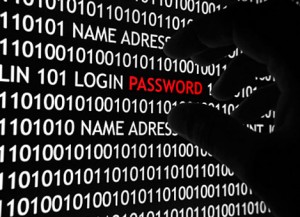Cyber attackers who disrupted the websites of U.S. banks over the last two weeks used a highly sophisticated toolkit — a finding that points to a well-funded operation, a security vendor has said.
Prolexic Technologies said the distributed denial of service (DDoS) toolkit called itsoknoproblembro was used against some of the banks which included Wells Fargo, U.S. Bank, PNC Bank, Bank of America and JPMorgan Chase. Each of the banks was struck on separate days.
The attackers, who called themselves Izz ad-Din al-Qassam Cyber Fighters, claimed to be hacktivists angry over YouTube video trailers made in the U.S. that denigrated the Prophet Muhammad.
Security vendors have questioned the attackers’ claims, saying the assaults were far more sophisticated than those launched by typical hactivists, a term used to describe hackers who target websites in the name of a political or social cause. Prolexic’s findings bolstered that belief.
The “itsoknoproblembro” toolkit is capable of simultaneously attacking components of a website’s infrastructure and application layers, flooding the targets with sustained traffic peaking at 70 gigabits per second. In addition, Prolexic found that traffic signatures were unusually complex and therefore difficult to reroute away from the targets.
The vendor, which declined to name the banks whose sites it tracked, said the attackers likely spent months probing the sites for the components most susceptible to a DDoS assault. They also were knowledgeable in the technology used to mitigate such attacks.
“From a DDoS perspective, they are on the level of a Stuxnet type of attack,” said Scott Hammack, chief executive of Prolexic.
Stuxnet was the cyber espionage malware discovered in 2010 that damaged Iranian nuclear facilities. The New York Times reported that the U.S. and Israeli governments created Stuxnet.
Like the sophisticated Stuxnet, the DDoS attacks likely stem from a “well-funded” organisation, Hammack said. Prolexic found evidence that several large networks of compromised computers, called botnets, were also used.
U.S. Sen. Joe Lieberman, chairman of the Senate Homeland Security committee, alleged recently that Iran was behind the attacks. Lieberman blamed the Iranian Quds Force, a secretive military unit that has been accused of terrorist activity.
The Iranian government has denied involvement.
The victimised banks, which have not released details on the attacks, are not the first to be struck this year by such highly sophisticated DDoS assaults, said Prolexic. Other large companies in the U.S., Middle East and Asia have been struck in the financial services, retail and online gaming industries.
Prolexic, which did not see any such attacks last year, expects the number to continue growing. “As the world gets more volatile, and we’re seeing it right now, the propensity for these types of attacks, based on the past trends, is going to continue to go up,” Hammack said.






